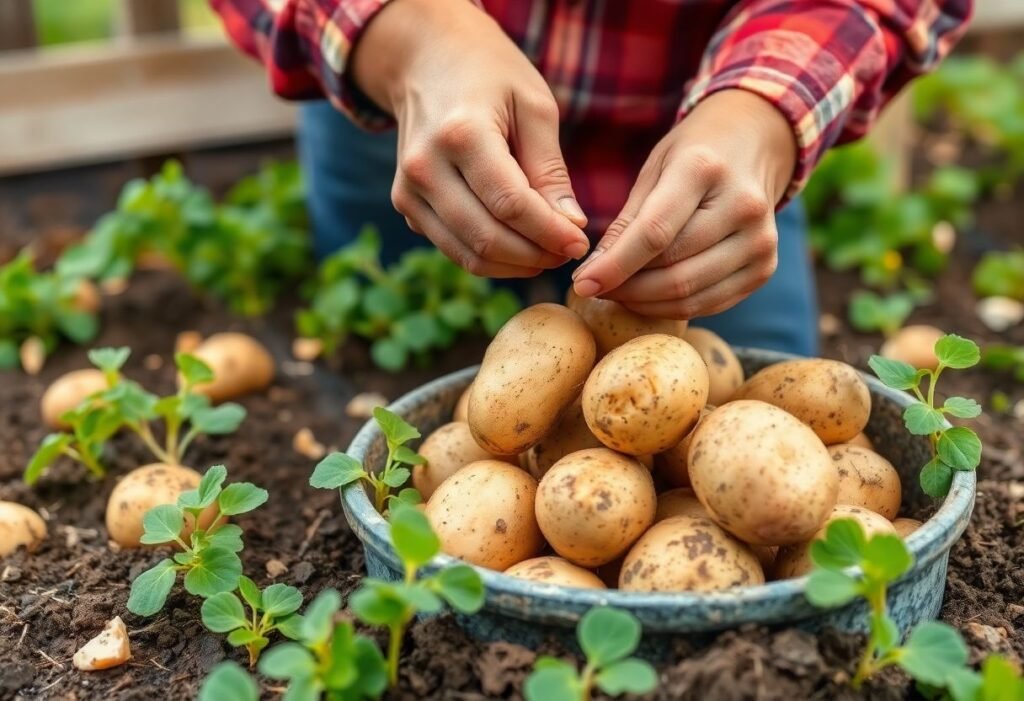Why is Fertilization Important for Potatoes?
Fertilization plays a pivotal role in supplying essential nutrients that contribute to the growth and productivity of potato plants. Potatoes thrive on adequate levels of nitrogen, phosphorus, and potassium. Understanding how to fertilize potatoes effectively will lead to healthier tubers and increased disease resistance. Plus, nutrient-rich soil enhances the overall taste of your potatoes.
Natural Fertilizers to Consider
One excellent way of fertilizing potatoes is by using natural fertilizers. Compost is a fantastic option that enriches the soil with micronutrients while manure adds necessary nitrogen. Other options include wood ash and bone meal, both of which provide valuable nutrients that encourage healthy growth.
Timing Your Fertilization
Fertilizing potatoes should be done at specific times during their growth cycle. Ideally, the first application should take place early in the growing season, with subsequent applications every few weeks. It’s crucial not to over-fertilize, as excess nutrients can harm your plants. Aligning your fertilizing potatoes schedule with weather conditions is also essential for success.
Using Mineral Fertilizers Wisely
In addition to organic options, mineral fertilizers can also be beneficial. However, they must be used judiciously. Slow-release fertilizers can be an excellent choice as they provide a steady supply of nutrients over time. Knowing how to effectively fertilize potatoes with mineral options can enhance your gardening results immensely.
Performing a Soil Test
Before you commit to a specific fertilizer regime, consider conducting a soil test. This will help you identify what nutrients your soil already has and which ones you need to add. A targeted approach to fertilizing potatoes will improve effectiveness and save you money in the long run.
Monitoring Plants and Responding to Their Needs
The key to successful fertilization lies in observing your plants. If the leaves start to yellow, it may be a sign of nitrogen deficiency. Act quickly by applying the right fertilizer. Tailoring your fertilization of potatoes based on visual cues will help you produce healthy plants and maximize your crop yields.
Conclusion
If you aspire to harvest an abundance of potatoes, don’t overlook the importance of proper fertilization. Prepare your soil, choose the right fertilizers, and keep a close eye on your plants. Remember, knowing how to fertilize potatoes is an art that takes some experience but ultimately leads to fantastic results. Start your potato-growing journey today and give your crops the best possible chance to thrive!
Disclaimer
This article is for informational purposes only and does not substitute for professional gardening advice. We recommend consulting an expert before implementing any techniques or practices.

















